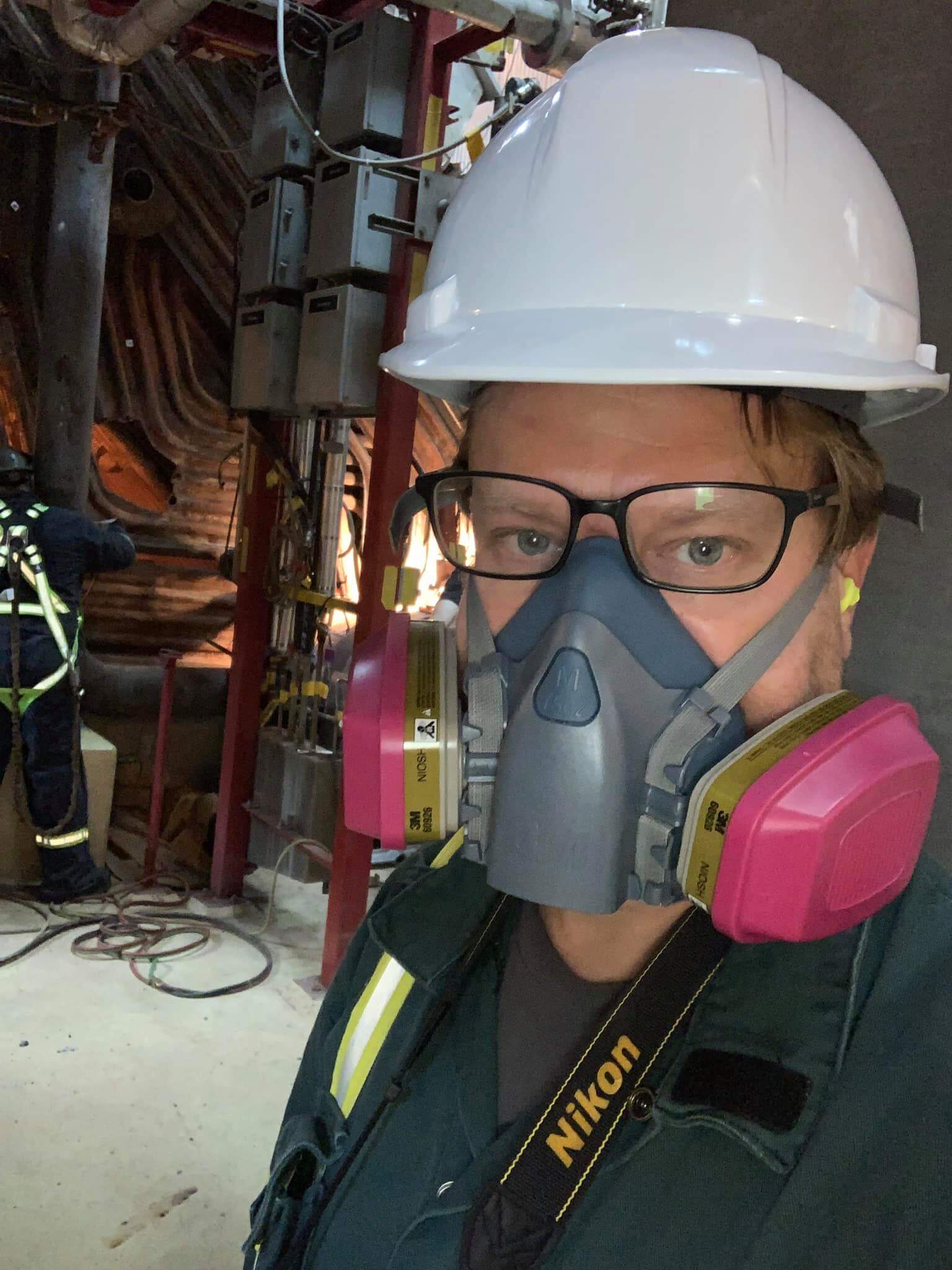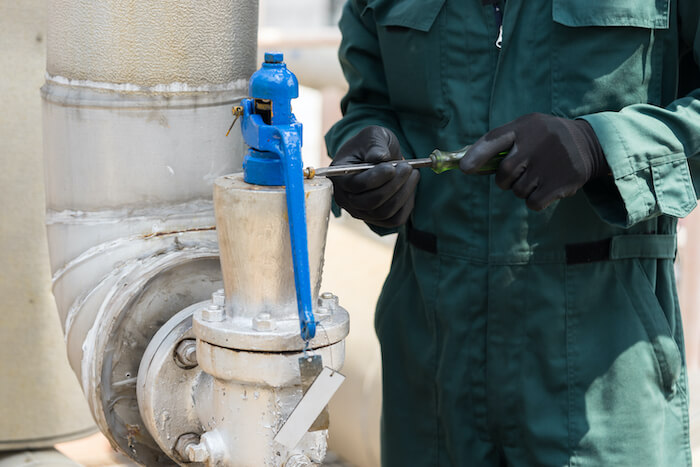
 Any pressurized tank or piping system such as your domestic hot water tank, your compressed air tank in your garage or a pressurized installation in a factory has a generally small, but very essential part: an overpressure protection device. The role of this device is to release excess pressure in order to avoid an explosion. Our engineer, Hugo Julien, who specializes in the interpretation and application of codes associated with stationary equipment of all kinds, answers a few questions.
Any pressurized tank or piping system such as your domestic hot water tank, your compressed air tank in your garage or a pressurized installation in a factory has a generally small, but very essential part: an overpressure protection device. The role of this device is to release excess pressure in order to avoid an explosion. Our engineer, Hugo Julien, who specializes in the interpretation and application of codes associated with stationary equipment of all kinds, answers a few questions.
- There are different types of devices, such as pressure relief valves and bursting discs, for example. What are the most common types, and what types of equipment can we find them on?
The most common are safety valves (for gases) or relief valves (for liquids) since they can close when excess energy is dissipated. Rupture discs will completely release the contents of the pressurized installation when they are opened, which is impractical. However, these can be used upstream of the pressure relief valve when the process is corrosive or dirty, thereby avoiding damage to the latter.
There are other types, such as vacuum breakers or pressure and temperature relief valves found on a domestic water heater, for example. Each pressure installation must be adequately protected against risks that could damage the pressure walls.
- In a nutshell, how do these devices work? How is the risk detected and what happens to prevent the explosion, especially in locations where several people can be found, such as a factory?
Each overpressure device is factory adjusted, by qualified technicians, to the engineer’s specifications. For example, for safety or relief valves, a spring compresses a sealed seat. If the pressure is great enough to lift it, the fluid is immediately released to a safe location. When excess energy that could put the integrity of the equipment at risk is released, the factory pre-adjusted spring closes the seat, thus limiting losses.
As for rupture discs, they are basically composed of a thin membrane – which can be designed with different materials with excellent corrosion properties, depending on the use. The disc fractures when the differential pressure exceeds the resistance to which the disc is calibrated, allowing the release of the excess pressure.
- How dramatic can the consequences be when the device does not work as intended?
At CEP Forensic, we have been asked to investigate several cases where the pressurized installation literally exploded, causing significant material losses, and sometimes, unfortunately, serious injuries or death. According to The National Board of Boiler and Pressure Vessel Inspectors, in North America, there are about 72 incidents causing injury annually, including about 13 fatalities. However, it’s important to note that not all of these incidents are associated with overpressure protection. They can be of another nature.
- When a valve failure results in a very destructive fire, how does an expert determine the exact cause of the loss?
It is rather rare that a pressure relief valve is the cause of a fire. On the other hand, in a fire located near a pressurized tank or piping, the internal pressure can rise rapidly, due to the heat, thus actuating the pressure relief valve. If the output of the pressure relieved device is directed towards the fire, it can easily feed it and amplify the damage.

- Does a pressure relief valve like the one in a domestic hot water tank have a lifespan? Is there a way to maintain it to prolong its life?
No maximum service life is imposed on overpressure protection equipment. Pressure equipment and its vicinity must be inspected based on regulations in force in the jurisdiction. The vicinity is defined in the regulations as all the accessories and piping connected to the pressure vessel or the boiler, including overpressure protection. During these inspections, the valve is sent to a technician certified by the National Board of Boiler and Pressure Vessel Inspectors (recognized in Canada) to perform opening tests and recertify it, if possible. Sometimes repairs are needed. These are documented and placed in the register of the pressure equipment or boiler. If recurring problems are observed, corrective measures are necessary (design change, increase of inspection frequency). A good reference exists, the API RP 576 (Inspection of Pressure-Relieving Devices), if the reader wants to further his knowledge on this subject.
- What are the installation, maintenance and inspection requirements to ensure the proper functioning of these devices? Which are the most important according to our Canadian reality?
In Canada, each province and territory has its own requirements for overpressure protections. The main recognized requirements are documented in the new ASME Code, Section XIII (Rules for Overpressure Protection), the National Board Inspection Code NBBI NB23 Part 4 (Pressure Relief Devices), the Canadian code CSA B51 (Code on boilers, appliances and piping under pressure), or the Quebec provincial code, namely BNQ 3650-900 (Installation code for boilers, appliances and piping under pressure).
